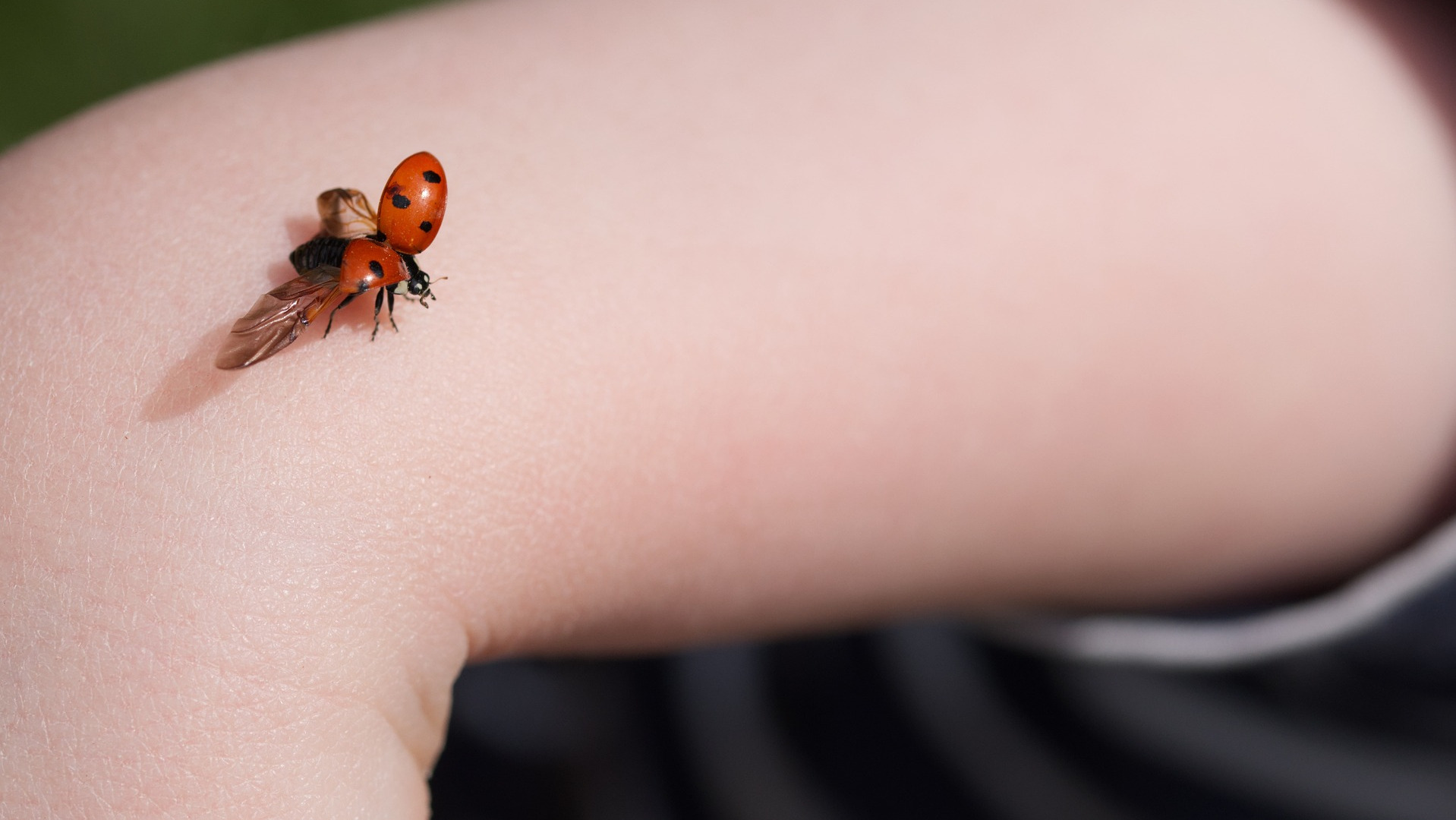Understanding Hives (Urticaria): Causes, Symptoms, and Effective Remedies
Hives, also known as urticaria, are raised, red, itchy welts on the skin that can appear suddenly and cause significant discomfort. They vary in size and can appear anywhere on the body. Hives are triggered when your body releases histamines in response to allergens or irritants, causing blood vessels to leak fluid into the skin, leading to the characteristic swelling and redness.
What Causes Hives?
While hives are often associated with allergic reactions, they can also be caused by various non-allergic factors. Here are some common triggers:
- Allergic reactions: Foods (like shellfish, nuts, and eggs), medications (such as antibiotics), insect bites or stings, and latex.
- Environmental factors: Exposure to extreme cold, heat, pressure on the skin, sunlight, or even stress.
- Autoimmune disorders: Chronic hives are sometimes linked to autoimmune diseases, where the immune system attacks the body's tissues.
- Infections: Viral infections can sometimes trigger hives, particularly in children.
Symptoms of Hives
Hives usually present as:
- Raised red or pink patches on the skin, often with a white center.
- Itching, which can range from mild to severe.
- A "whealing" appearance, where the welts change shape or move around the body.
They can last from a few hours to several days and may disappear, only to reappear later in a different location.
When to Seek Medical Help
Although hives are generally harmless, there are some cases where they require immediate medical attention:
- Anaphylaxis: If hives are accompanied by difficulty breathing, swelling of the face or throat, or a drop in blood pressure, it could be a sign of a severe allergic reaction (anaphylaxis). This is a medical emergency that requires prompt treatment.
- Chronic hives: If hives persist for more than six weeks, they may be classified as chronic urticaria, which may require evaluation by a healthcare provider to identify any underlying health conditions.
Preventing Hives
The best way to prevent hives is to avoid known triggers. Keeping a "hives diary" can help identify patterns and potential causes. For example:
- Monitor foods: If you notice hives shortly after eating, note what you consumed and see if there's a common ingredient. Common culprits include shellfish, peanuts, eggs, and certain food additives.
- Check for skin irritants: New detergents, soaps, or lotions can cause hives. Stick with hypoallergenic, fragrance-free products.
- Avoid extreme temperatures: If cold or heat is a trigger, try to avoid these extremes. Wear appropriate clothing and use temperature-controlled water in showers and baths.
Home Remedies for Hives
Hives, while uncomfortable and sometimes persistent, are usually not dangerous. Understanding what triggers your hives and how to manage symptoms can help control outbreaks. You can manage mild hives at home with home remedies like cold compresses, oatmeal baths, and over-the-counter antihistamines. Seek medical advice if your hives last over six weeks or you experience severe allergic reactions.
While hives are uncomfortable, several home remedies can help alleviate symptoms and provide relief. Here are some of the most effective methods:
Cold Compresses
Cooling the affected area can reduce itching and inflammation. Wrap ice in a cloth and apply it to the hives for 10-15 minutes. Avoid applying ice directly to the skin as it may cause frostbite.
Oatmeal Baths
A cool bath with colloidal oatmeal can soothe irritated skin and relieve itching. Oatmeal has anti-inflammatory properties that help calm hives. You can find colloidal oatmeal at most drugstores or make your own by finely grinding oats and adding them to the bath.
Aloe Vera
Aloe vera gel, renowned for its soothing and healing properties, is a great remedy for hives. Apply pure aloe vera gel to the affected area to relieve itching and promote healing. Be sure to test a small skin patch first, as some people can be allergic to aloe.
Antihistamines
Over-the-counter antihistamines, such as Benadryl, Zyrtec, or Claritin, can help block the effects of histamine and reduce symptoms. Non-drowsy antihistamines are preferable for daytime use. Be sure to consult a doctor before using these medications, especially for long-term or chronic hives.
Vitamin D
Some studies suggest that vitamin D supplementation may help with chronic hives by regulating the immune system. You can increase your vitamin D intake through diet (fatty fish, fortified foods) or supplements.
Corticosteroid Creams
OTC corticosteroid creams can help with severe itching and inflammation (such as hydrocortisone 1%). However, these should be used sparingly and only briefly to avoid skin thinning or other side effects.
Chamomile Tea
Drinking chamomile tea can calm the body and help reduce stress-related hives. Chamomile can also be used as a topical treatment by applying cool, steeped tea bags to the affected area.
Quercetin
Quercetin is a natural antihistamine and anti-inflammatory compound in apples, onions, and berries. It’s also available as a supplement and can help reduce histamine production, which is key in treating hives. Always check with a healthcare provider before starting new supplements.
Baking Soda Paste
Mixing baking soda with water to create a paste can relieve itching. Apply the paste to the affected areas and leave it on for 10-15 minutes before rinsing off with cool water.



